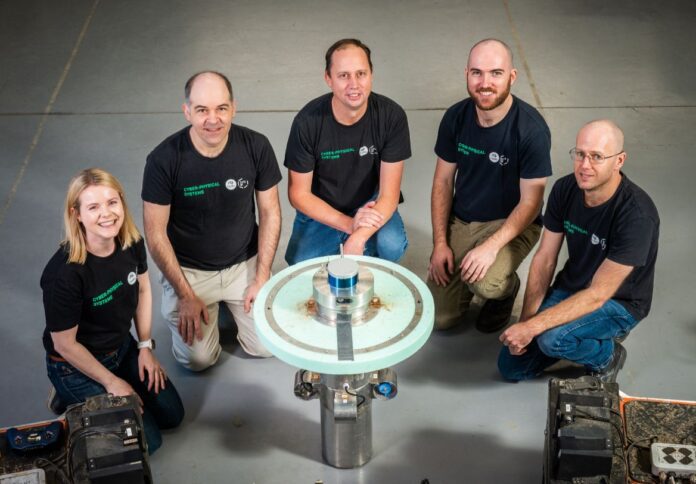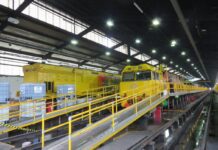
The Robotized Cherenkov Viewing Device (RCVD) developed by Australia’s national science agency CSIRO has been successfully trialled in an operating nuclear power facility in South America.
The technology was developed through a collaboration between CSIRO’s data and digital specialist arm Data61, Hungarian robotics company Datastart, and the International Atomic Energy Agency.
Powered by autonomy-enabling software from Data61, RCVD is expected to play a key role in safeguarding spent nuclear fuel around the globe.
Rossie Attwell, CSIOR’s technical program manager, said the prototype system navigated a spent fuel pond during the test and delivered real-time data that can be used for safeguards verification.
Atwell said the demonstration means autonomous robots could play a role in field measurement and analysis of spent nuclear fuel, removing humans from harm’s way.
Inspectors currently operate above the pond on a suspended platform in 40 degrees Celsius heat, leveraging only a handheld device to identify hundreds of used nuclear fuel rods.
“Moving personnel out of harm’s way is the most important benefit, but the exceptional data quality and the ability to inspect previously unreachable covered areas is a game changer in nuclear inspection,’ said Peter Kopias, chief executive of Datastart.
The RCVD is a floating device that navigates a path across the pond while updating the real-time map with footage and data of fuel assemblies.
The cutting-edge technology is designed to analyse each assembly’s position and unique signature to defect if fuel has been removed or replaced.
Thomas Hines, CSIRO’s project engineer, said the project’s team is fine-tuning the robot’s ability to navigate and take detailed photographs.
“When fuel is inspected manually by a human, they move the camera to a position where the soft gradient of light around the fuel is centred on the centre of the fuel assembly. This is challenging to perform autonomously but our team expects to accomplish it,” Hines said.
The RCVD is slated to undergo further tests. CSIRO also plans for the device to be outfitted with computer vision that would enhance autonomy in the next phase of development.




















